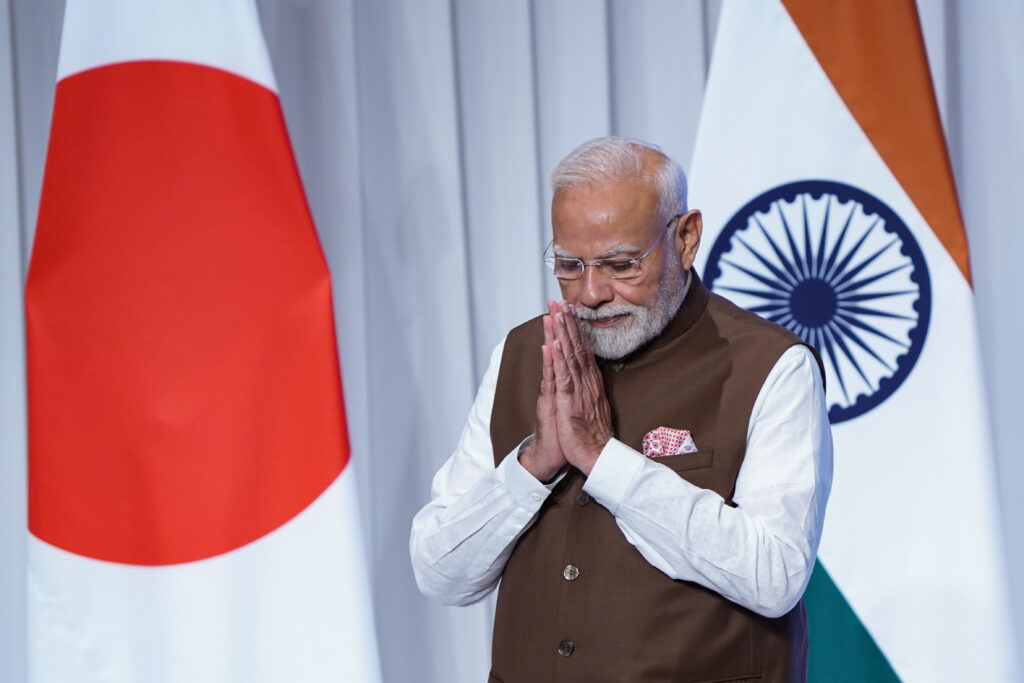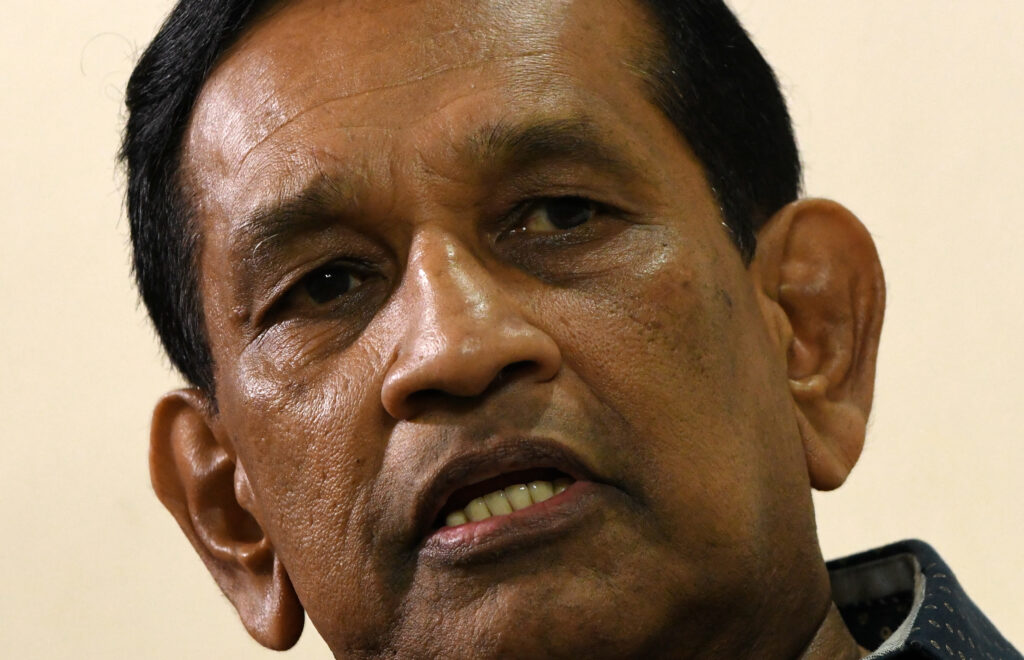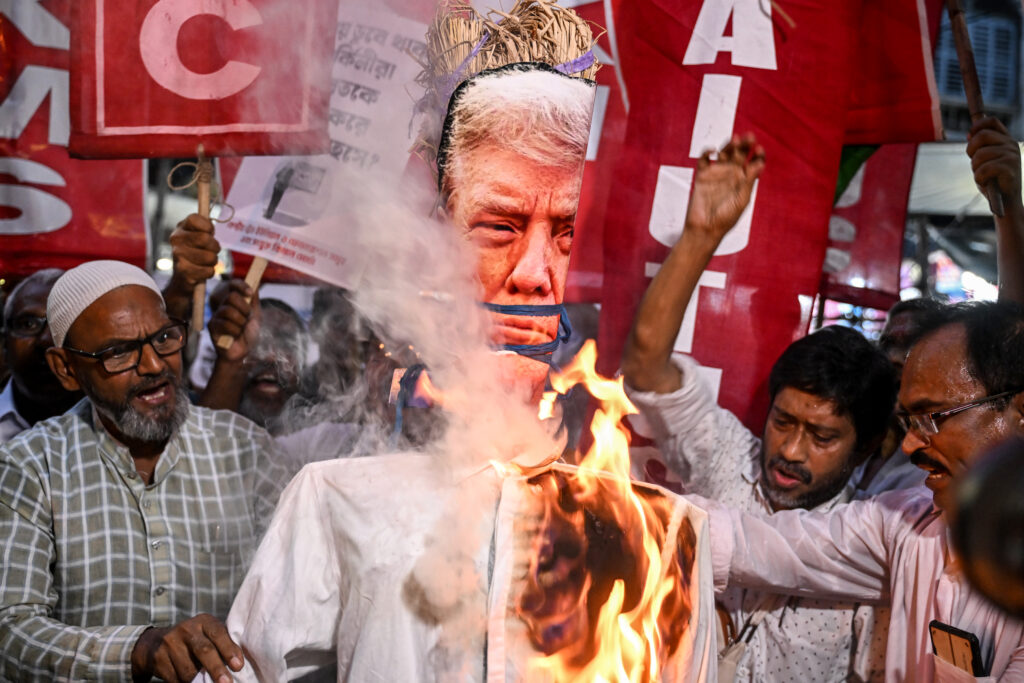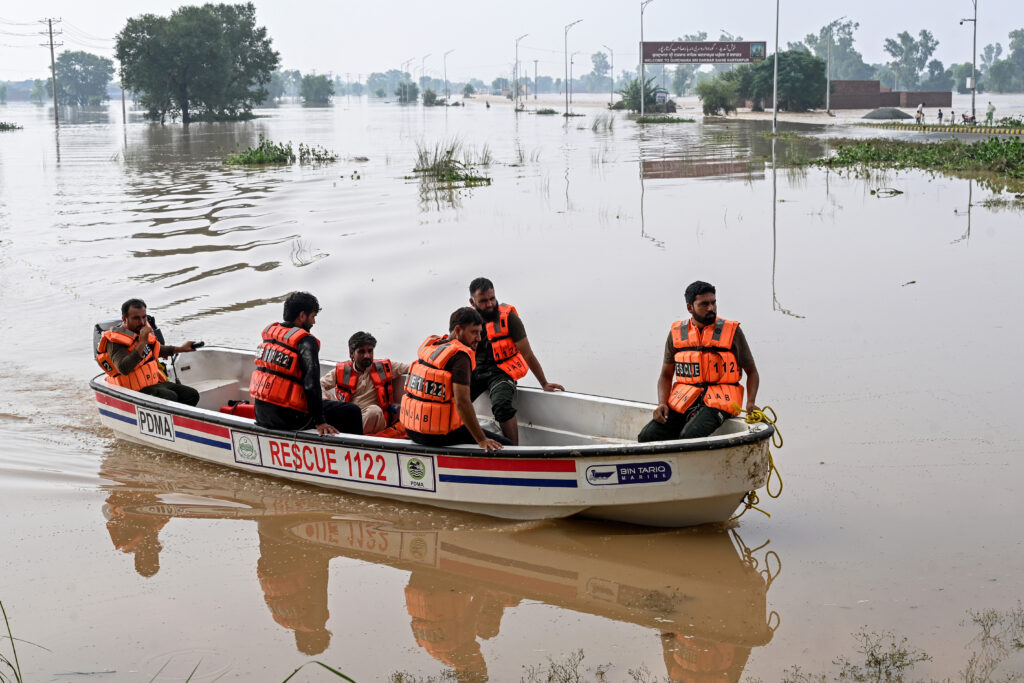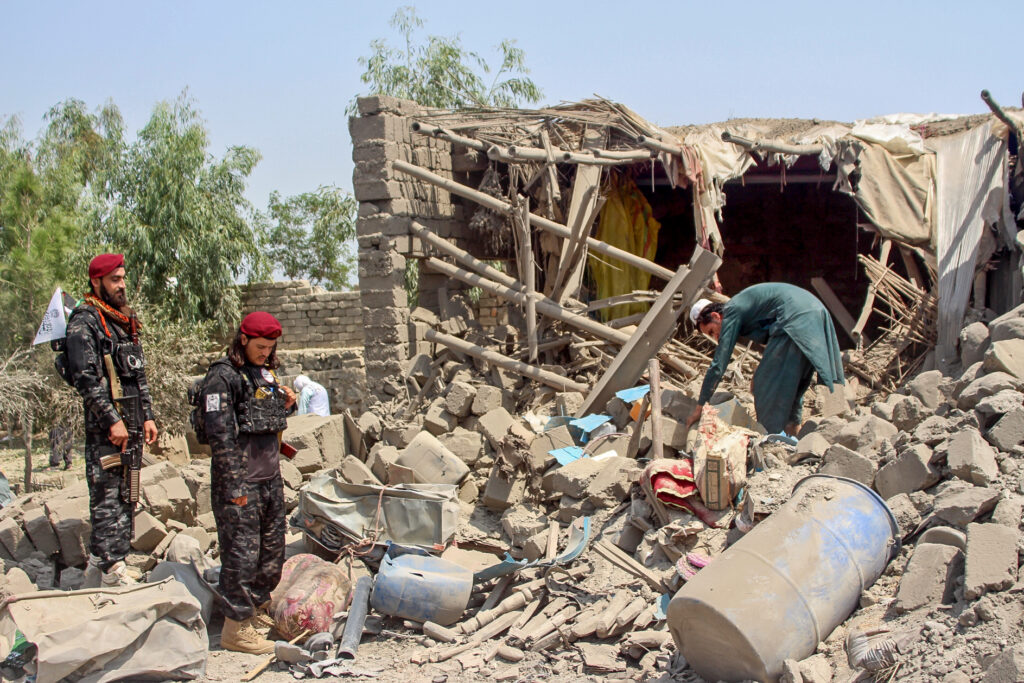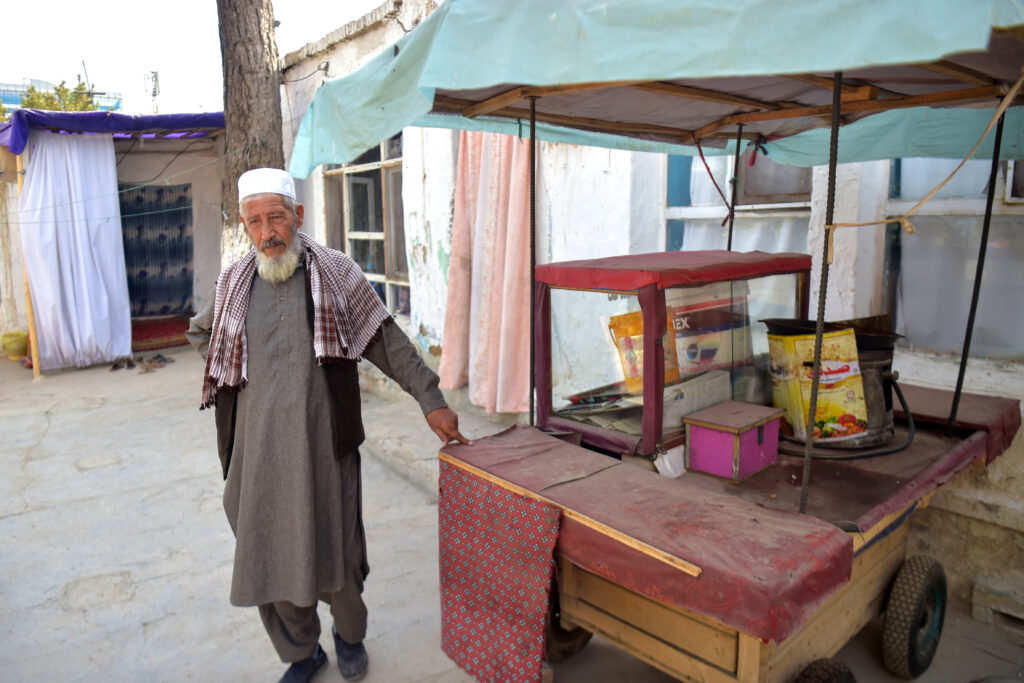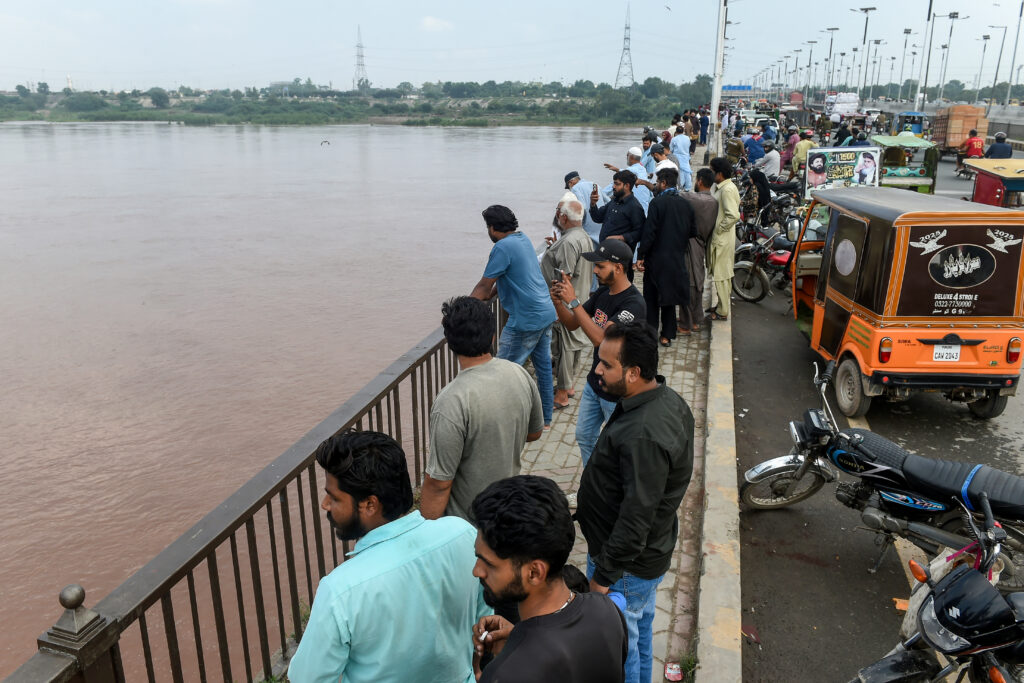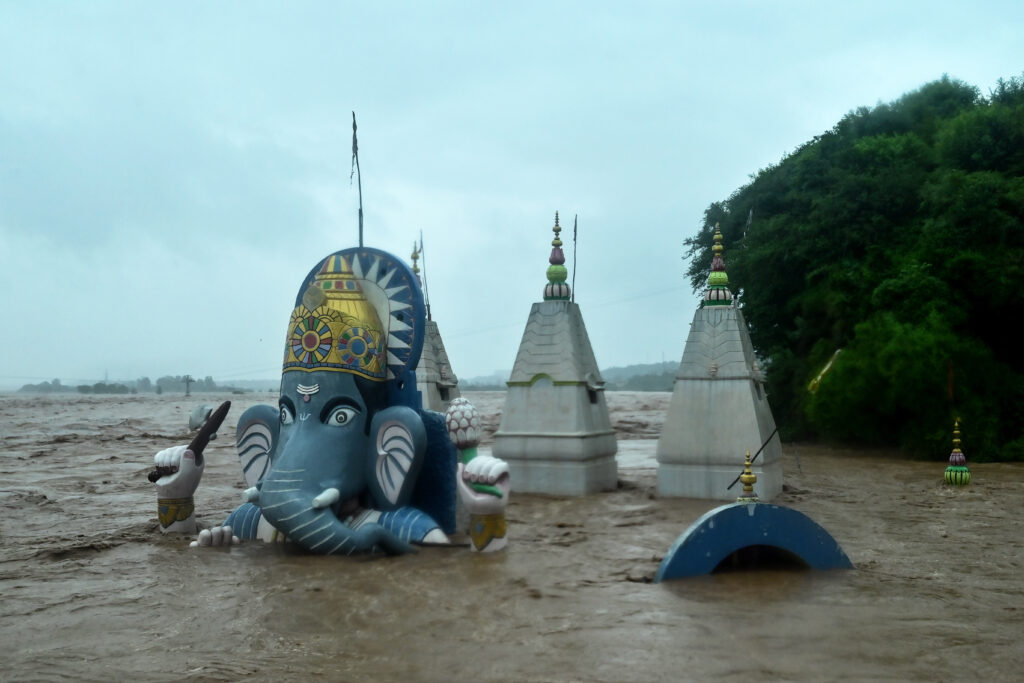Modi says India, Japan to ‘shape the Asian century’
India and Japan will “shape the Asian Century”, Prime Minister Narendra Modi said Friday, on a visit expected to secure billions of dollars in Japanese investment and an upgrade to security ties.”India and Japan’s partnership is strategic and smart. Powered by economic logic, we have turned shared interests into shared prosperity,” Modi told a business forum in Tokyo.”India is the springboard for Japanese businesses to the Global South. We will shape the Asian Century for stability, growth, and prosperity,” Modi said.Modi’s two-day visit — a stopover before going to China — will see Japan unveil 10 trillion yen ($68 billion) in investments over the next 10 years, according to media reports.Bilateral trade is currently worth over $20 billion annually, heavily weighted in Japan’s favour.”Japan and India are strategic partners who share common values such as freedom, democracy, rule of law, having cherished friendship and trust over many years,” Japanese Prime Minister Shigeru Isbiba said.”Our economic relationship is expanding rapidly as Japan’s technology and India’s talented human resources and its huge market are complementing each other,” Ishiba told the forum.Both countries have been hit by tariffs imposed by US President Donald Trump, with levies of 50 percent on many Indian imports into the United States taking effect this week.Japan’s vital auto sector still faces 25 percent tariffs as a July trade deal cutting them — as well as additional “reciprocal” levies — is yet to come into force. Modi and Ishiba were expected to announce that the number of Indians with specialised skills working or studying in Japan — which is beset by labour shortages — will double to 50,000 over the next five years, reports said.The investments will target fields including artificial intelligence, semiconductors and securing access to critical minerals, with Modi and Ishiba set to tour a chip facility on Saturday.They will also visit a factory making “shinkansen” bullet trains with a view to Japan assisting in a planned 7,000-kilometre (4,350-mile) high-speed rail network by the centenary of Indian independence in 2047.A joint project aimed at building a first high-speed link between the western Indian cities of Mumbai and Ahmedabad has been plagued for years with delays and cost overruns.India and Japan, members of the Quad alliance with the United States and Australia seen as a bulwark against China, were also expected to upgrade their 2008 declaration on security cooperation.After Japan, Modi was due at a Shanghai Cooperation Organisation summit in China on Sunday and Monday hosted by President Xi Jinping and also attended by Russian leader Vladimir Putin.Modi’s visit is his first to China since 2018.The two most populous nations are intense rivals competing for influence across South Asia and fought a deadly border clash in 2020.A thaw began last October when Modi met with Xi for the first time in five years at a summit in Russia.
